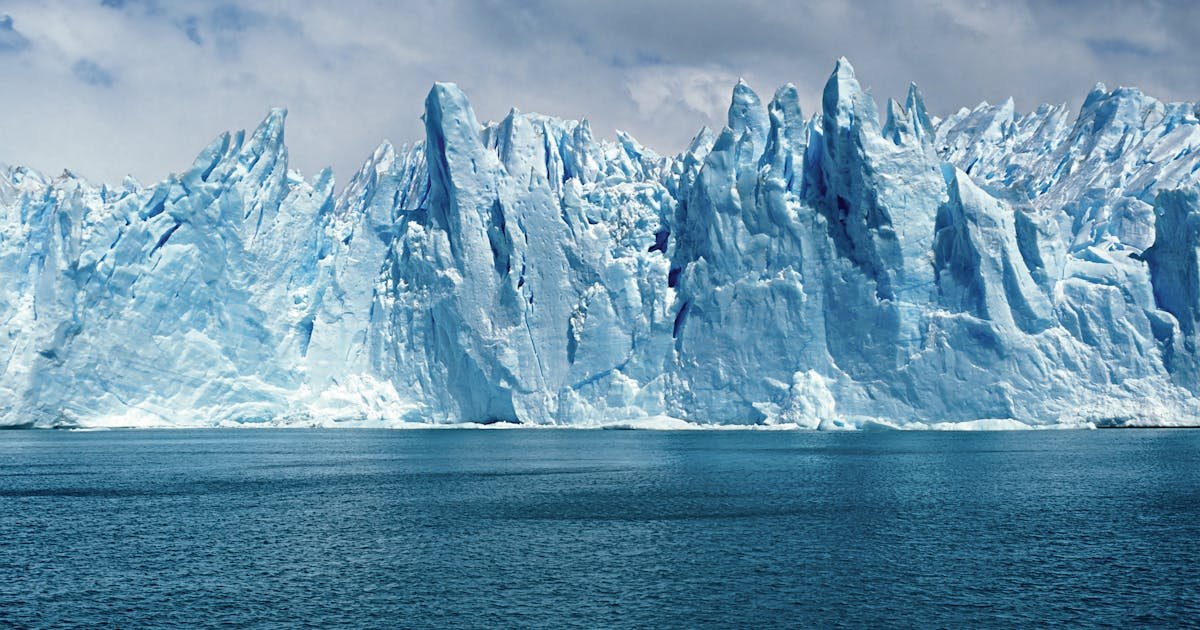Earth is teetering perilously close to climate “tipping points” — events that, if triggered, could set in motion a self-perpetuating cycle of environmental collapse.
Now, scientists have found that every fraction of a degree matters when it comes to whether or not these tipping points occur — and decisions made today to cut emissions could have ripple effects hundreds of years into the future, Andrew Freedman reported for Axios.
Published in Nature Communications, a new study co-authored by Conservation International Chief Scientist Johan Rockström focused on four potential tipping points: the rapid and irreversible melting of ice sheets in Greenland and Antarctica, the transformation of the Amazon rainforest into a dry savanna and the collapse of a critical system of Atlantic Ocean currents. Each of these ecosystems plays a profound role in stabilizing Earth’s climate — and its destruction would trigger catastrophic changes for the well-being of people and nature.
The study identified the Atlantic current and Amazon rainforest as the most vulnerable locations. For example, the collapse of the Atlantic current — which keeps Europe temperate by transporting warm waters from the tropics to the North Atlantic — could lead to more hurricanes in the southern ocean and rapidly cool Europe, which would devastate the region’s agriculture. The destruction of the Amazon rainforest, which scientists say could become a fire-prone grassland by the 2070s, would de-stabilize the global climate and affect rainfall as far away as the American Midwest.
The study authors write that under current scenarios, there is a roughly even chance that these tipping points could occur in the next 300 years.
“Following current policies, this century would commit to a 45 percent tipping risk by 2300, even if temperatures are brought back to below 1.5 [degrees Celsius],” the authors wrote in the study, referring to the benchmark scientists set during the 2015 Paris Agreement to avoid catastrophic climate change.
The tipping points are interconnected, the study says, and the risk of triggering a tipping event increases with every additional tenth of a degree above a 1.5 degrees Celsius temperature rise (2.7 degrees Fahrenheit).
But despite pledges to slash fossil fuel emissions and slow global warming, humanity is not on track to meet global climate goals. Excessive heat could cause irreversible damage to Earth’s most critical ecosystems, even if temperatures are brought down later.
What’s more, the study warns that “a global mean temperature increase of 1.5 degrees Celsius is not ‘safe’ in terms of planetary stability but must be viewed as the upper limit.” The target should be viewed as a “guardrail, not an end goal,” Freedman writes.
Even temporarily exceeding the 1.5 degree Celsius temperature limit “significantly increases the risk of crossing key climate tipping points,” study author Tessa Möller told Axios. “The findings emphasize that immediate and substantial emissions cuts are essential in the next decade to avoid these tipping points and prevent long-term damage to the climate,” she continued.
Read the full story here.
Further reading:
Mary Kate McCoy is a staff writer at Conservation International. Want to read more stories like this? Sign up for email updates. Also, please consider supporting our critical work.


Recent Comments